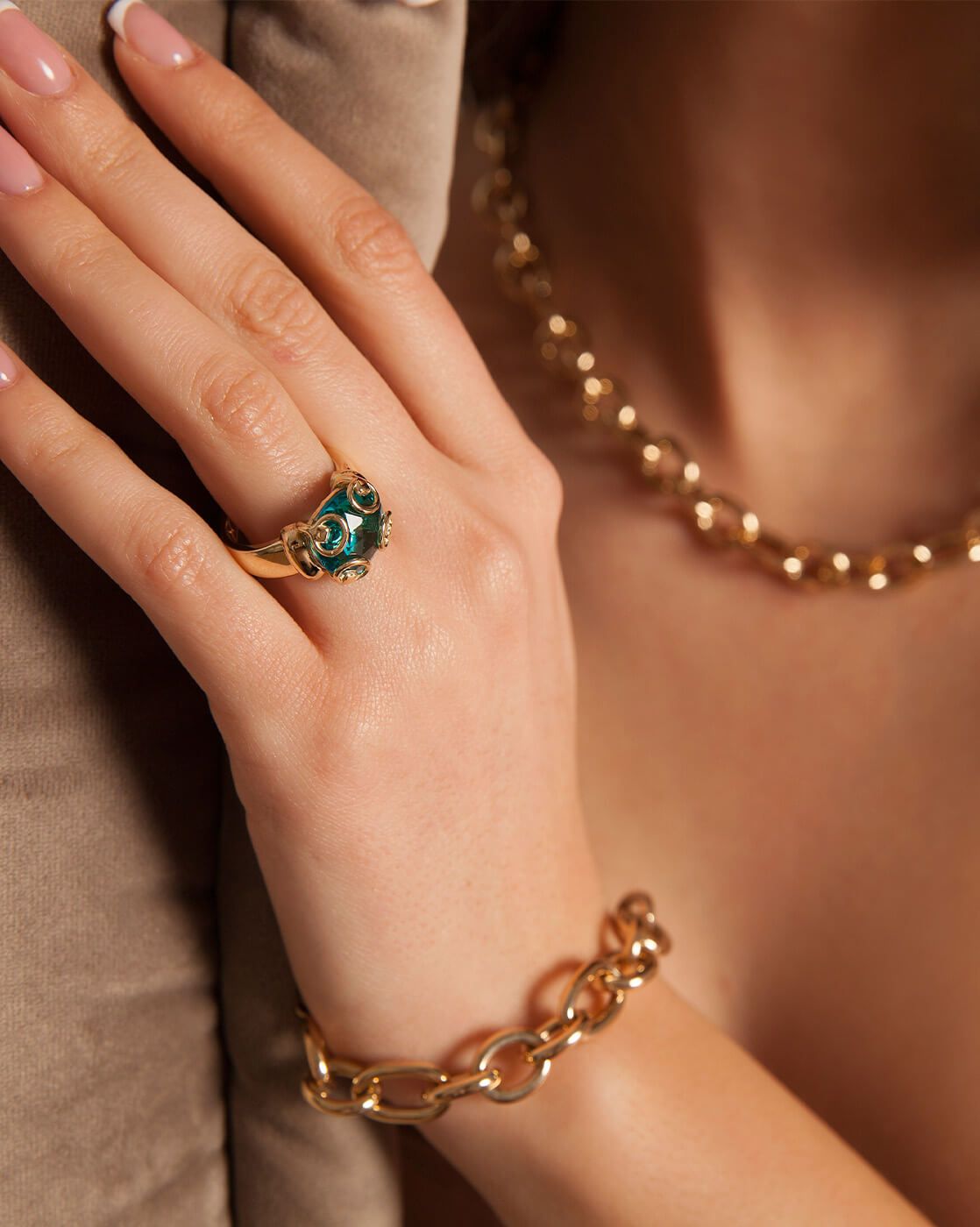Keratoconus
Keratoconus is an eye condition that affects the shape of the cornea, which is the clear outer covering of the eye. In this condition, the cornea thins and bulges outward, eventually resembling a cone shape. These corneal abnormalities, which worsen over time, can lead to nearsightedness (myopia), blurred vision that cannot be improved with corrective lenses (irregular astigmatism), and vision loss.
Other corneal changes typical of Keratoconus that can be seen during an eye exam include iron deposits in the cornea that form a yellow-to-brownish ring, called the Fleischer ring, surrounding the colored part of the eye (iris). Affected individuals may also develop Vogt's striae, which are thin, vertical, white lines in the tissue at the back of the cornea.
Keratoconus may affect only one eye at first, but eventually the corneas of both eyes become misshaped, although they might not be affected with the same severity. As Keratoconus worsens, people with this condition can develop corneal scarring, often caused by exposure of the abnormally thin cornea to prolonged contact lens use or excessive eye rubbing.
The eye change characteristics of Keratoconus typically begins in adolescence and slowly worsens until mid-adulthood at which point the shape of the cornea remains stable.
Keratoconus Treatment
Treatments for progressive Keratoconus include:
- Corneal Crosslinking: This procedure, also called corneal collagen cross-linking or CXL, strengthens corneal tissue to halt bulging of the eye's surface in Keratoconus.
- Custom Soft Contact Lenses: Custom soft contact lenses are available in a very wide range of fitting parameters for a customized fit and are larger in diameter than regular soft lenses for greater stability on a Keratoconic eye.
- Gas Permeable Contact Lenses: Gas permeable contact lenses are usually the preferred treatment. GP lenses vault over the cornea, replacing its irregular shape with a smooth, uniform refracting surface to improve vision.
- "Piggybacking" Contact Lenses: Because fitting a gas permeable contact lens over a cone-shaped cornea can sometimes be uncomfortable for a person with Keratoconus, some eye doctors advocate "piggybacking" two different types of contact lenses on the same eye.
- Hybrid Contact Lenses: Hybrid contact lenses combine a highly oxygen-permeable rigid center with a soft peripheral "skirt." These lenses were designed specifically for keratoconus, and the central GP zone of the lens vaults over the cone-shaped cornea for increased comfort.
- Scleral And Semi-Scleral Lenses: These are large-diameter gas permeable contacts — large enough that the periphery and edge of the lens rest on the "white" of the eye (sclera).
- Prosthetic Lenses: Because Keratoconic eyes are so challenging to fit, patients with severe disease often require an advanced scleral lens design that doubles as a prosthetic shell. These custom lenses are made with advanced imaging technology to enable the back surface of the lens to match the unique irregularities of Keratoconic eyes.
- Intacs: Intacs (Addition Technology) are clear, arc-shaped corneal inserts that are surgically positioned within the peripheral cornea to reshape the front surface of the eye for clearer vision.
- Topography-Guided Conductive Keratoplasty: Topography-guided conductive keratoplasty (CK) is a procedure that uses a hand-held tool to deliver energy from radio waves to specific points in the periphery of the cornea to reshape the eye's front surface.
- Corneal Transplant: In some cases of advanced Keratoconus, the only viable treatment option is a cornea transplant, also called a penetrating keratoplasty (PK or PKP). It can take several months for your vision to stabilize after a cornea transplant, and it’s likely you will need eyeglasses or contact lenses afterward to see clearly.











